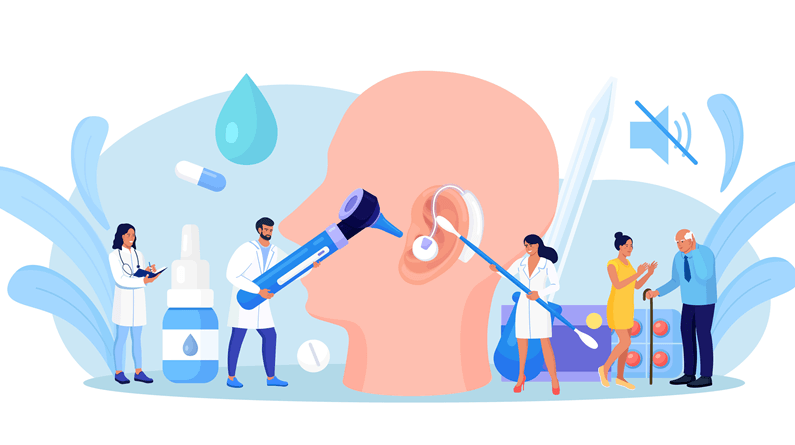Understanding Hearing Aids: A Comprehensive Guide
Hearing aids are small electronic devices designed to help individuals with hearing loss. They amplify sound waves, making it easier for people to communicate and engage with their surroundings. In this article, we’ll explore the basics of hearing aids, their components, and how to choose the right one.
What Are Hearing Aids?
Hearing aids are devices worn inside or behind the ear to amplify sound waves. They’re designed to help individuals with hearing loss, rather than relying on others to speak loudly.
Components of a Hearing Aid
A basic hearing aid consists of three main components:
1. Microphone: Receives sound waves from the environment and converts them into electrical waves.
2. Amplifier: Amplifies the electrical waves to increase the sound’s intensity.
3. Speaker: Converts the amplified electrical waves back into sound waves, which are then sent into the ear.
Choosing the Right Hearing Aid
To select the perfect hearing aid, consult an audiologist. They will:
1. Conduct hearing tests to determine the extent and type of hearing loss.
2. Prescribe the most suitable hearing aid based on the test results.
Digital Hearing Aids
Digital hearing aids convert sound waves into numerical codes, similar to computer binary code. This allows for:
1. Precise amplification and sound processing.
2. Customization to individual hearing needs and environments.
Using Hearing Aids Effectively
1. Wear hearing aids on both ears: For individuals with bilateral hearing loss, wearing hearing aids on both ears provides a more natural listening experience.
2. Adjust to wearing hearing aids: It may take time to get used to the sound and feel of hearing aids. Audiologists can help with the adjustment process.
Caring for Your Hearing Aids
To ensure optimal performance and longevity:
1. Clean and maintain your hearing aids regularly.
2. Replace batteries promptly.
3. Store hearing aids in a cool, dry place, away from heat, moisture, and chemicals.
4. Turn off hearing aids when not in use and remove batteries at night.
By understanding the basics of hearing aids and following these guidelines, individuals with hearing loss can improve their communication and overall quality of life.
References:
https://www.hearingloss.org/hearing-help/technology/hearing-aids
https://www.hopkinsmedicine.org/health/conditions-and-diseases/hearing-loss/how-do-hearing-aids-work
https://www.hearinglink.org/your-hearing/what-is-a-hearing-aid/
https://www.mayoclinic.org/diseases-conditions/hearing-loss/in-depth/hearing-aids/art-20044116

